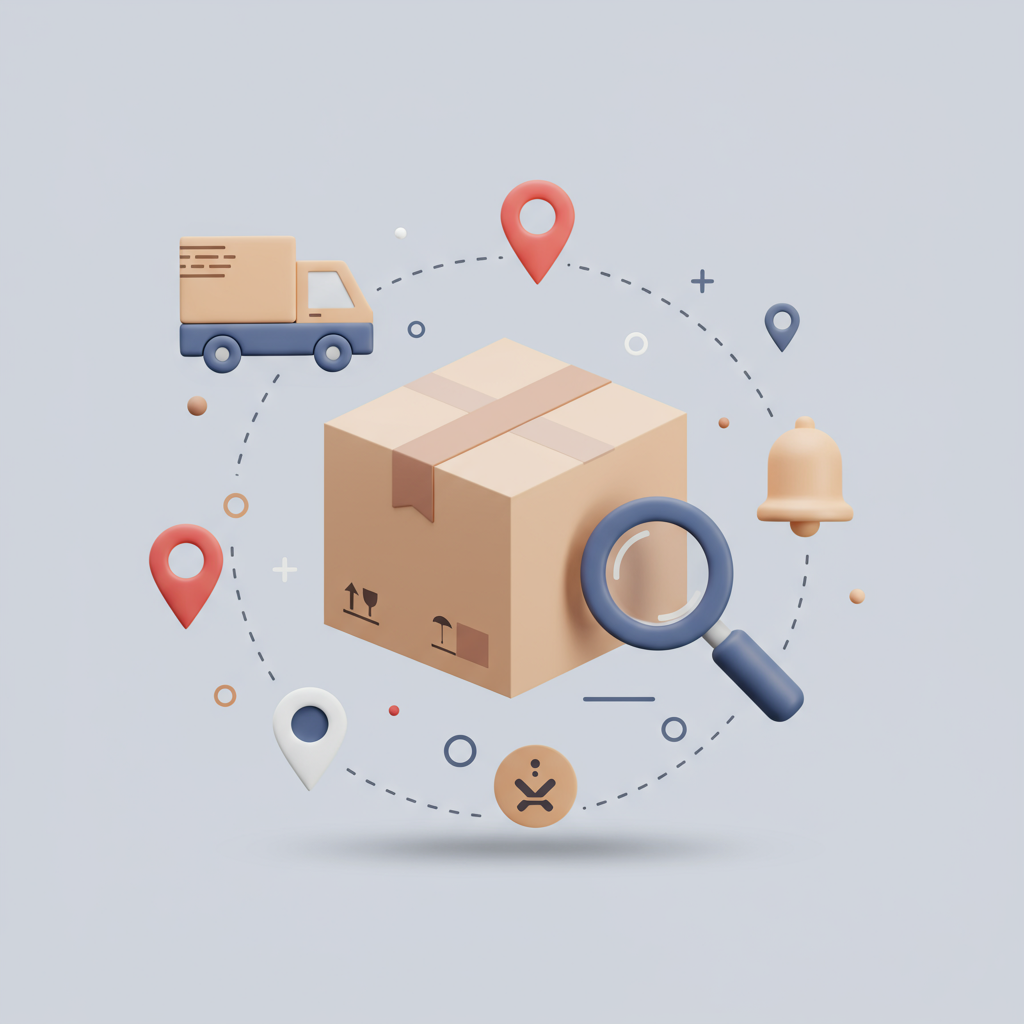Unlock the power of post-purchase experience by integrating robust order tracking solutions into your Shopify store.
As a Shopify merchant, I understand that your journey with a customer doesn’t end the moment they click ‘purchase.’ In fact, that’s often just the beginning of a crucial phase: the post-purchase experience.
One of the most significant elements of this phase, and often the most overlooked, is effective order tracking. It’s not just a convenience; it’s a cornerstone of customer satisfaction and brand loyalty.
Today, I want to walk you through the ins and outs of order tracking integration for your Shopify store. My goal is to demystify the process, explain its immense benefits, and guide you toward choosing and implementing the right solution.
So, why should you invest time and resources into enhancing your order tracking capabilities? The reasons are compelling and directly impact your bottom line.
Firstly, it dramatically boosts customer satisfaction. In an age of instant gratification, customers expect to know where their package is at every step of its journey.
Providing real-time, accurate tracking information reduces anxiety and builds trust. It shows your customers that you care about their purchase even after the transaction is complete.
Secondly, robust tracking significantly reduces ‘WISMO’ (Where Is My Order?) inquiries. These are time-consuming for your customer service team and can be frustrating for customers.
By empowering customers to track their own orders, you free up your support staff to handle more complex issues, leading to greater operational efficiency.
Thirdly, it’s a powerful tool for brand building. A branded tracking page, consistent with your store’s look and feel, reinforces your brand identity at a critical touchpoint.
It transforms a generic carrier tracking page into an extension of your unique customer experience, making every interaction memorable.
Finally, seamless tracking can lead to increased repeat purchases. A positive post-purchase experience, characterized by transparency and reliability, encourages customers to return to your store for future needs.
Now, you might be thinking, ‘Doesn’t Shopify already have order tracking?’ Yes, it does, but its native capabilities are quite basic.
Shopify allows you to add a tracking number to an order, and customers can typically click on it to be redirected to the carrier’s website. This is a good starting point, but it has limitations.
There’s no branded tracking page, no proactive notifications, and limited support for multiple carriers in a unified view. This is where third-party order tracking integration comes into play.
These specialized apps and services are designed to fill the gaps left by Shopify’s native features, offering a comprehensive suite of tools to manage and communicate shipping updates.
They typically work by integrating directly with your Shopify store via APIs or webhooks, automatically pulling order and shipping data.
This data is then processed and presented to your customers through a dedicated, often branded, tracking page hosted by the tracking solution.
When evaluating third-party solutions, I always look for several key features. Multi-carrier support is paramount, especially if you ship with various logistics providers.
A branded tracking page is non-negotiable. It should be customizable to match your store’s theme, logo, and colors, providing a consistent brand experience.
Automated notification capabilities are also crucial. This includes sending email or SMS updates for key milestones like ‘in transit,’ ‘out for delivery,’ and ‘delivered,’ or even ‘exception’ alerts.
Analytics and insights are incredibly valuable. Understanding delivery performance, common delays, and carrier efficiency can help you optimize your shipping strategy.
Integration with customer service tools, like help desks, can further streamline support by providing agents with immediate access to tracking information.
So, how do you go about integrating one of these solutions? The process is generally straightforward, thanks to the Shopify App Store.
First, assess your specific needs. Consider your shipping volume, the carriers you use, your budget, and the level of customization you require.
Next, browse the Shopify App Store for ‘order tracking’ apps. Read reviews, compare features, and look for apps with excellent support.
Once you’ve chosen an app, installation is usually a one-click process directly from the App Store. The app will then guide you through the setup.
This typically involves connecting your shipping carriers, customizing your tracking page’s appearance, and configuring your notification settings.
Always perform thorough testing. Place a few test orders, assign tracking numbers, and follow them through the entire process to ensure everything is working as expected.
Finally, integrate the tracking link prominently into your order confirmation emails and your store’s customer accounts section.
To truly maximize the benefits, I recommend a few best practices. Always communicate proactively with your customers about their order status.
Set realistic delivery expectations upfront. Transparency builds trust and reduces frustration.
Leverage the data provided by your tracking solution. Use it to identify shipping bottlenecks, improve carrier performance, and enhance your overall logistics.
What do you think about this approach to order tracking? I’d love to hear your thoughts and experiences.
Providing clear and accessible support channels for tracking inquiries, even with automated systems, is also vital.
Looking ahead, some advanced tracking solutions are even incorporating predictive analytics and AI to anticipate potential delays and proactively inform customers, further elevating the experience.
In conclusion, integrating a robust order tracking solution into your Shopify store is more than just a technical upgrade; it’s a strategic investment in your customer relationships.
It transforms a potentially anxious waiting period into a transparent, reassuring, and even branded experience.
By embracing these tools, you’re not just shipping products; you’re delivering peace of mind, building loyalty, and setting your brand apart in a competitive e-commerce landscape.






